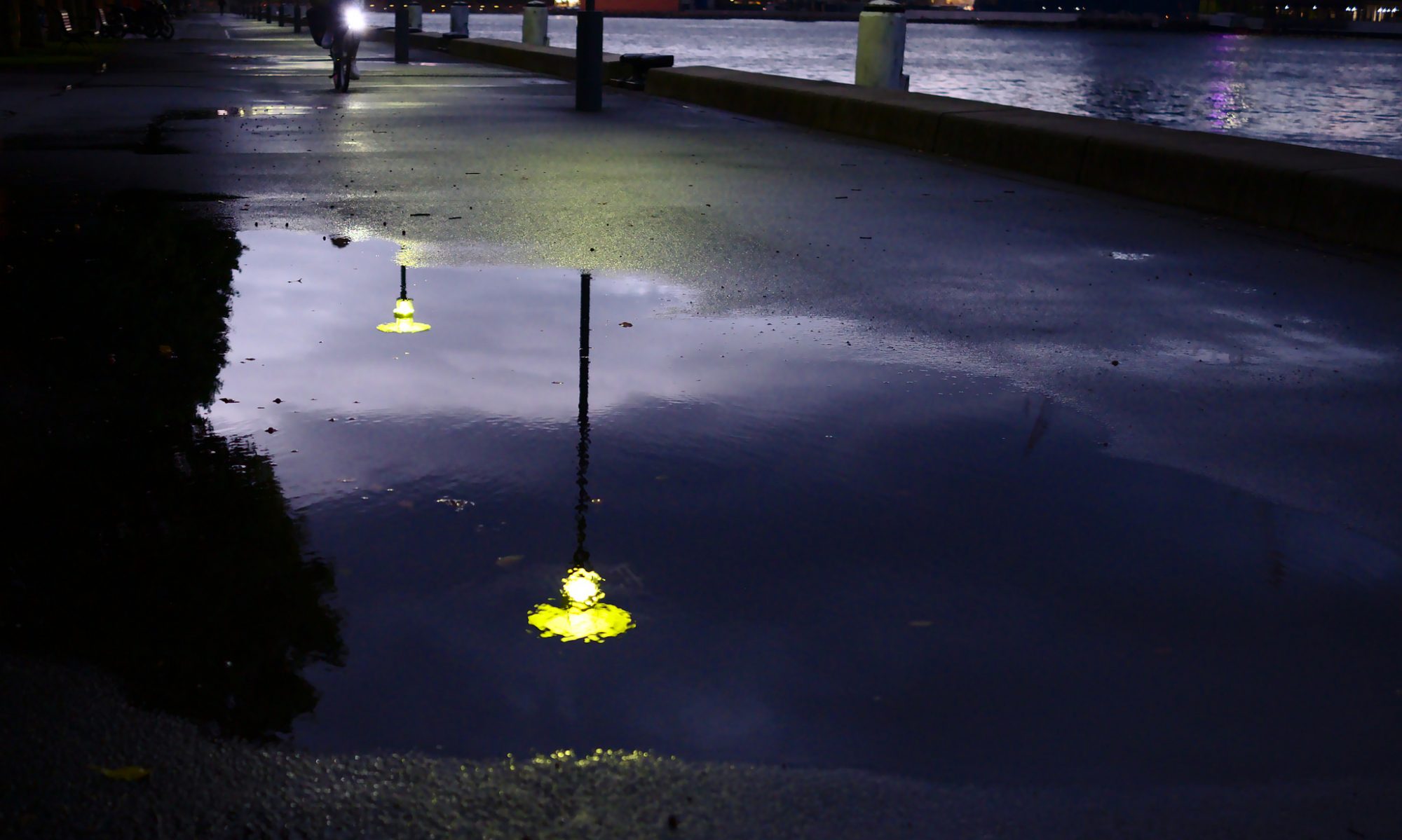Background: I had mild to moderate shoulder pain after SCUBA diving a month ago. I was treated for Decompression Sickness (DCS, the bends
) although it’s impossible to confirm the diagnosis for moderate pain, because it feels exactly like a sprain or strain.
I just had my followup appointment about safe diving practices (there’s an Australian standard, in fact). Since these are enormously different to diving practices pretty much anywhere, I thought they’d be of interest. These are the ones they wish they could give to everyone, by the way, not the ones that are only for people who have had DCS. Take the ones that are actually taught in training — slow ascents, safety stops — plus:
- dive the DCIEM tables with a square profile assumption (no multi-level, no computer algorithms);
- never do more than 2 dives in a day;
- never dive more than 4 days in a row; and
- the fact that everyone do repeated dives on the President Coolidge and in the Truk Lagoon to 50 or 60 metres breathing air and without decompression stops doesn’t mean that everyone isn’t an idiot.
OK, that last one comes up in dive training too I admit. But only in the context of your instructor sheepishly admitting to their idiotic profiles. (The relevance of breathing air at 60 metres is that’s a lot of nitrogen, over 5 atmospheres of partial pressure, and nitrogen not only gives you DCS, it makes you rather drunk starting from about 25 metres and steadily getting worse from there.)
In my case there is one extra restriction: take a 3 metre depth penalty and a 3 minute time penalty reading the table. Which is pretty conservative. For reference, I could dive to 27 metres for a grand total of 11 minutes bottom time on that reading of the table. (30 metres for 14 minutes is the standard reading.) Unless I decompress of course, but that has its own risks (equipment failures mean I’m stuck with failed equipment AND a missed compulsory decompression stop). The reason for the penalty is that the scar tissue from the DCS injury to my shoulder (actually, we suspect two, plus the damage from subluxating it six times previously) renders me somewhat more vulnerable again.
For non-divers, to contrast this with diving as it is actually done by pretty much everyone ever, imagine that you are going to a dance party, but need to tell the organisers that for medical reasons you’d really appreciate it if they’d keep the music no louder than 40dB. Cheers, thanks.
Or, to make this about diving, imagine that you are on a dive boat travelling to some great dive site several hours from shore. Your air consumption isn’t amazing, you can’t keep up with the suntanned French couple or the hoary old guys who are coming back after 60 minutes with half a tank left and cursing their computer time limits. But the guy running the boat who has done 1500 dives and your group’s friendly English backpacker dive guide have come up with a plan for your group that gives you 35 minutes of good solid diving to see all kinds of cool things. Now imagine I’m in your dive group. I’m the one whose medical advice is to do a 18 minute dive at the absolute maximum (the clock stops at the beginning of the ascent by the way, so probably about 24 minutes in the water total). The upside of this last scenario, I suppose, is that firstly my air consumption is rather good, so I can always loan the group my tank, and also that because I’m doing 2 dives a day and most liveaboards allow 4 at the very least, it won’t happen every dive because I’ll be on the boat sulking for most of them.
Or, let’s face it, never doing liveaboard trips again.
For divers the obvious question is what about nitrox?
(For non-divers still reading, nitrox or enriched air is a tank with less nitrogen and more oxygen than the standard atmospheric ratio.) Well, it doesn’t thrill the dive doctors. They agree that it is much safer on air tables. They don’t so much like the use of separate tables to extend your dive time which, let’s face it, is why I’d want to use nitrox. It also comes with separate risks: the mix can vary wildly from what they claim it is, and you have one more factor to manage, which is oxygen toxicity. (High partial pressures of oxygen are toxic to cells. The first you know of the cell damage is a sudden seizure. So the solution is not to breathe those partial pressures, from about 1.4–1.6 atmospheres up. You shouldn’t go much past 20 metres on 36% oxygen.)
There’s nothing to stop me learning technical diving (adding helium to the mix to offset the risks of high pressures of nitrogen and oxygen) or adding decompression stops to my time, except that no dive boat I’ve ever been on is set up for the latter. (And they’re both complex.) The Pacific is choppy: you can’t really stay at 5.5 metres easily for 5 minutes without a good reference line. And the boats move all the time without warning, taking their good reference line with them.
